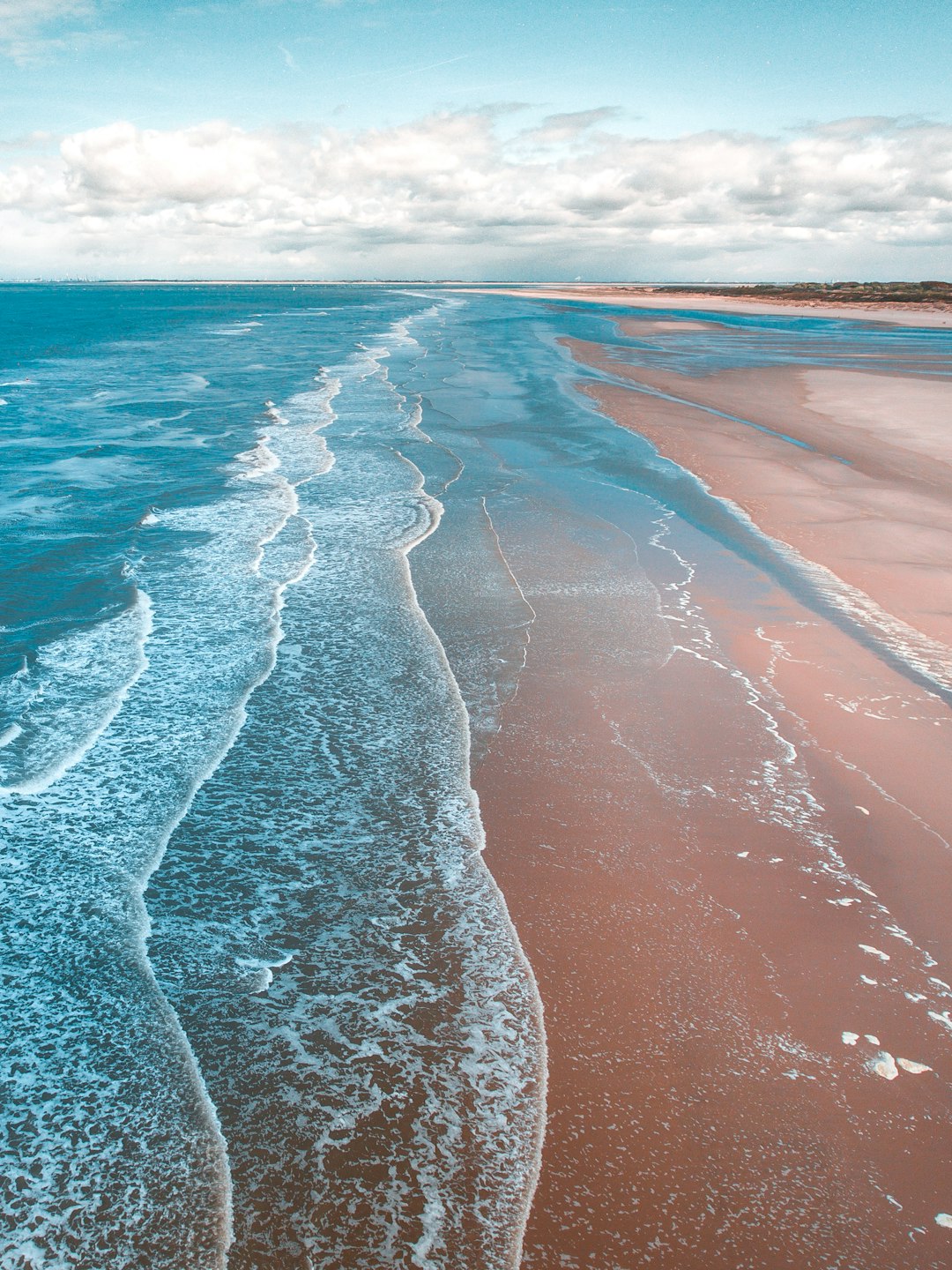
Top 10 Beaches in the World: A Coastal Paradise
## Introduction. The world is a vast tapestry of beautiful landscapes, but when it comes to relaxation and thrill combined, few places capture the spirit of adventure like a beach. With azure waters, golden sands, and an array of thrilling activities ranging from surfing to snorkeling, beaches offer something for everyone. Whether you seek solitude, excitement, or family-friendly fun, the following top 10 beaches in the world are bound to leave you enchanted, and each visit becomes a cherished memory. ## 1. Whitehaven Beach, Australia. Nestled in the heart of the Whitsunday Islands, Whitehaven Beach is celebrated for its pristine silica sands and clear turquoise waters. Spanning approximately seven kilometers, this beach offers visitors a sense of tranquility that is hard to find elsewhere. The unique white sand, a result of almost pure silica, stays cool even under the blazing sun, making it ideal for sunbathing. Visitors can engage in activities like kayaking, taking scenic helicopter rides, or simply strolling along the shore, breathing in the fresh sea breeze. Its remote location adds to its pristine charm, accessible mainly by boat or seaplane. ## 2. Grace Bay, Turks and Caicos. Often deemed one of the most beautiful beaches on the planet, Grace Bay in the Turks and Caicos Islands offers an idyllic setting with powdery white sands and warm, shallow waters. This beach stretches for about 12 miles and is lined with luxury resorts, making it the perfect destination for those looking to indulge. Visitors can partake in various watersports such as jet skiing, paddleboarding, and snorkeling to explore the rich marine life. The calm conditions make Grace Bay particularly suitable for families, providing a safe and enjoyable environment for kids. ## 3. Anse Source d'Argent, Seychelles. Located on La Digue Island in Seychelles, Anse Source d'Argent is famed for its striking rock formations and crystal-clear waters. The beach is framed by palm trees, offering a tropical paradise that feels like a dream. Visitors can enjoy swimming in the calm, shallow waters, perfect for families and beginners. The unique granite boulders make for stunning photographs, and the beach is accessible via a small entrance fee to the L'Union Estate. Additionally, the nearby coral reefs are an excellent spot for snorkeling, teeming with vibrant marine life. ## 4. Kuta Beach, Bali, Indonesia. Kuta Beach is a popular tourist destination that creatively melds vibrant nightlife with beautiful sunsets over the Indian Ocean. Known for its great surfing conditions, this beach attracts surfers from all over the world, offering waves suitable for both beginners and experienced surfers. Lively beach bars, restaurants, and shops line the beach, which means visitors can indulge in local cuisines, refreshing cocktails, and beachside entertainment. At sunset, Kuta transforms into a kaleidoscope of colors, affirming its status as a must-visit location in Bali. ## 5. Copacabana, Brazil. Known for its lively atmosphere, Copacabana in Rio de Janeiro is more than just a beach; it is a cultural icon. Spanning 4 kilometers, the beach is bordered by bustling avenues and vibrant neighborhoods filled with shops, bars, and restaurants. Visitors can soak up the sun or partake in beach volleyball, soccer, or the world-famous night scene. Every February, Copacabana hosts the famous New Year’s Eve celebrations where thousands gather to watch fireworks and festivities, making it a prime spot for experiencing Brazilian culture. ## 6. Navagio Beach, Zakynthos, Greece. Also known as Shipwreck Beach, Navagio is one of the most photographed beaches globally thanks to its unique setting surrounded by towering cliffs. The most striking feature is the wreck of a ship that washed ashore, adding to the beach's mystique. Accessible only by boat, Navagio offers a secluded feel that is perfect for relaxation and exploration. The turquoise waters beckon visitors for swimming and snorkeling, while the dramatic landscape makes it an ideal spot for photography and Instagram enthusiasts seeking the perfect shot. ## 7. Pink Sands Beach, Harbour Island, Bahamas. Famed for its stunning and rare pink sands, Pink Sands Beach stretches for about three miles along the Atlantic Ocean. The unique coloration comes from tiny coral insects mixed with the white sand, creating a breathtaking effect that captures the hearts of visitors. This beach is perfect for leisurely walks and sunbathing, with an environment that feels intimate and captivating. The calm waters also make it a prime spot for snorkeling and scuba diving, allowing visitors to explore the vibrant marine ecosystem underneath the sea surface. ## 8. Maldives – Vaadhoo Island. The beaches of the Maldives are famous for their untouched beauty, and Vaadhoo Island is particularly notable for the mesmerizing phenomenon known as bioluminescence. At night, the beach glows with a magical blue hue, thanks to microscopic organisms in the water that light up when disturbed. This enchanting spectacle creates a surreal atmosphere, perfect for romantic evening strolls along the shoreline. During the day, visitors can engage in snorkeling, diving, and water sports while soaking in the spectacular surroundings. ## Conclusion. The world’s beaches are not just destinations; they are gateways to adventure, relaxation, and cultural richness. From the tranquil shores of Whitehaven Beach to the vibrant atmosphere of Copacabana, each destination offers a unique experience tailored to various tastes. Whether you seek a romantic getaway, a family vacation, or a surfer’s paradise, the top beaches discussed in this article provide unforgettable experiences and endless opportunities for exploration. Pack your bags and get ready for sunlit days, fresh ocean air, and the sound of waves lapping on the shore—it's time to discover paradise. .







